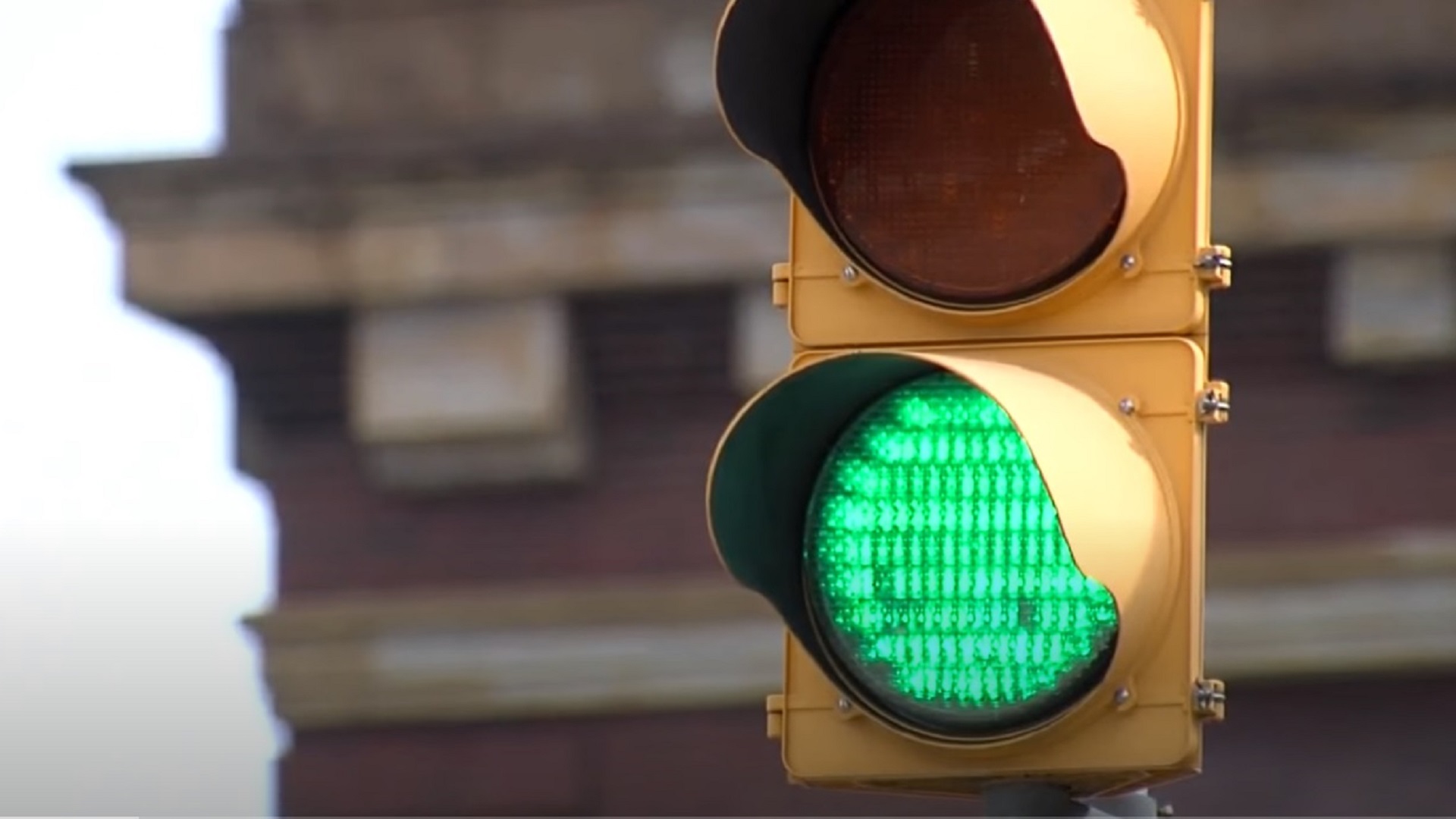

Even before cars took to the roads in the late 1800s, traffic and congestion became a hazard. Buggies and horses could easily collide at an intersection, and traffic policemen were putting their lives in danger at those hazardous junctures. The first manually-operated traffic signal was put into position in 1868 in London, and in 1923 Black inventor Garrett Morgan engineered a railroad-like semaphore traffic signal that bridged the perilous gap between “Go” and “Stop”.
The first traffic signal before Morgan’s was a revolving lantern that required human activation, typically by a police officer. The gas-lit, two-color signal was first seen near Parliament Square in 1868 and had an auspicious beginning: it exploded a month in, injuring the policeman operating the lantern. The other challenge this two-choice system presented was a sudden shift to stop with no slowdown notice, and too many vehicles were blowing the stop.

Morgan, the first Black man in Cleveland to own a car, noticed the problems inherent with early traffic signals. He created a T-shaped pole with a stop, go, and all-directional stop position, which halted all traffic for pedestrians. It caught the eye of General Electric Corporation, which paid Morgan $40,000 to own the rights to his invention, a huge sum back then that would equate to more than half a million dollars today.
Born in Paris, Kentucky, Morgan was the biological grandson of a Confederate soldier who had impregnated an enslaved woman. Morgan only had an elementary school education when he started his career as a sewing machine mechanic and moved to Ohio as a teenager. There, he started his own business, finding success with a patent he filed for an improved sewing machine.
The inventor filed several other patents and designed and built a gas mask prototype that was used by firefighters and miners after 1914. Morgan even hired a white actor to pretend to be the inventor to avoid racial discrimination in the South and acted as his assistant, demonstrating the gas mask in fires. Immediately after a tunnel explosion under Lake Erie, Morgan and his brother donned their gas masks and went to help with the rescue mission. Morgan earned some publicity for the device; unfortunately, some of it was negative recognition as some refused to buy from a Black man. It was many years before he received proper accolades for his role in the Lake Erie rescue.

Not long before he died in 1963, the U.S. Government awarded him a citation for his traffic signal invention. Today, the prototype of Morgan’s traffic signal is on display at the Smithsonian’s American History Museum and the gas mask is on display at the Smithsonian’s National Museum of African American History and Culture.
The next time you see someone running a red light and you’re safely still stopped, send up a little thank you to Garrett Morgan.
Got a tip? Send the writer a note: kristin.shaw@thedrive.com